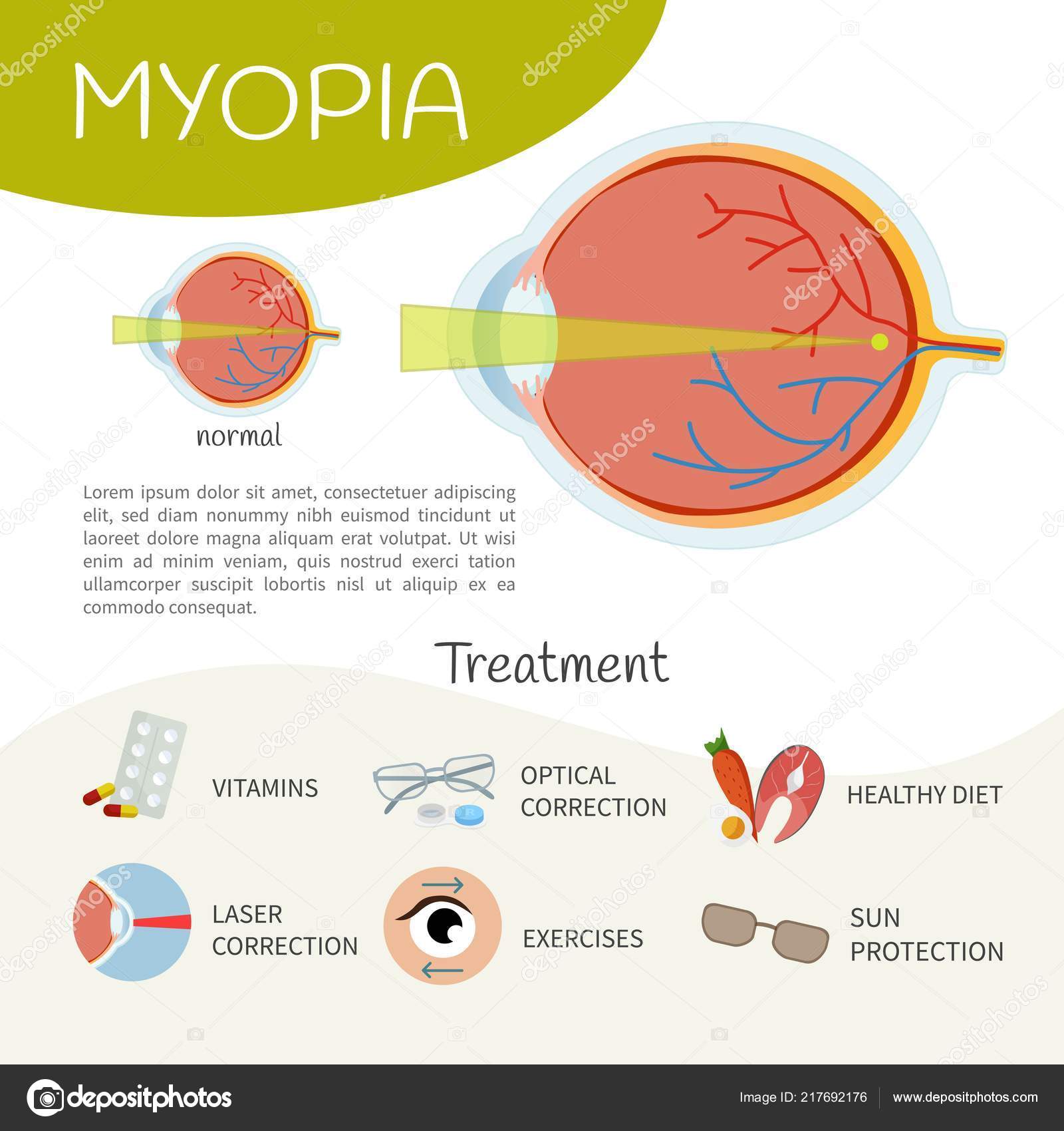This Blog Post Will Discuss The Refractive Lens Exchange

Authored by-Delacruz Buckley
Refractive Lens Exchange (RLE) is a surgery to eliminate the all-natural lens of the eye and also change it with a man-made dental implant. It gives clear vision for clients with refractive mistakes like nearsightedness and farsightedness, presbyopia, as well as cataracts.
It can help reduce or remove your requirement for glasses and also contacts. It may additionally lower your danger of developing cataracts in the future since the artificial lens does not continually age and also alter like the all-natural lens.
1. Improved Vision
Refractive Lens Exchange is a preferred option to laser vision modification. It is specifically useful for patients that are as well farsighted or as well nearsighted to be a prospect for LASIK.
RLE likewise assists to eliminate the risk of cataracts later in life. This is since the synthetic lenses implanted in refractive lens exchange do not age like an all-natural lens, so cataracts are much less most likely to form.
Refractive lens exchange can deal with a series of refractive mistakes, consisting of presbyopia, hyperopia and also nearsightedness. It is most helpful for clients over the age of 40 that are looking for a way to minimize or totally remove their reliance on glasses as well as contacts.
2. Much Less Dependence on Glasses
Lots of people have trouble focusing up close without the aid of glasses or get in touch with lenses. The bright side is that modern-day innovations have actually offered us options like Refractive Lens Exchange (RLE) to lower and even remove dependence on glasses.
RLE is a treatment that changes your eye's natural lens with a man-made one, referred to as an intraocular lens or IOL. It can correct several refractive mistakes, including nearsightedness, farsightedness, astigmatism and presbyopia.
3. Much Less Danger of Cataracts
Refractive Lens Exchange (RLE) is an operation that involves the elimination of your eye's natural lens and also replacing it with a clear lens implant. This can improve vision in both close as well as far-off items, eliminating the requirement for glasses or contact lenses.
This surgical procedure is generally suggested for individuals with high levels of nearsightedness, hyperopia and also astigmatism who can not be remedied with laser vision adjustment procedures such as LASIK. It additionally is effective in dealing with presbyopia, age-related near vision loss.
https://www.medicaldevice-network.com/features/contact-lens-trends/ is a much more invasive surgical procedure than LASIK and PRK, however it is usually the best option for individuals who intend to be devoid of eyeglasses and also call lenses. It is usually not covered by insurance coverage, however you might have the ability to access a versatile investing account or health interest-bearing account that can assist pay for your RLE.
4. Less Discomfort
Refractive Lens Exchange is a quick, outpatient procedure that takes less than 20 minutes per eye. Your eyes are numbed with anesthetic declines, and also one or two little lacerations are made in the cornea whereby instruments are used to eliminate your all-natural crystalline lens.
The new artificial intraocular lens (IOL) is tailor-made for you and is implanted in your eye. It is a permanent replacement for your all-natural crystalline lens, as well as it will certainly not cause the long-term visual regression of get in touch with lenses.
If https://postheaven.net/pasquale214linwood/what-are-the-conveniences-of-lasik-eye-surgery-dm77 are over age 50 and also have substantial hyperopia or presbyopia, refractive lens exchange can be a reliable treatment for your vision concerns. In addition, this treatment may protect against cataracts from establishing and also requiring cataract surgical treatment in the future.
5. Less Healing Time
Refractive Lens Exchange (RLE) is a surgical procedure that removes your eye's natural lens as well as changes it with a fabricated intraocular lens, or IOL. This is a preferred therapy for people that are not candidates for laser-based vision modification treatments such as LASIK or PRK, or those with presbyopia, an age-related problem that leads to the need for reviewing glasses.
The recovery duration after RLE is marginal, and the majority of individuals can go back to typical tasks within a week of surgical treatment. Nonetheless, it is essential to prevent swimming or high-impact sports till your physician claims it's risk-free.

